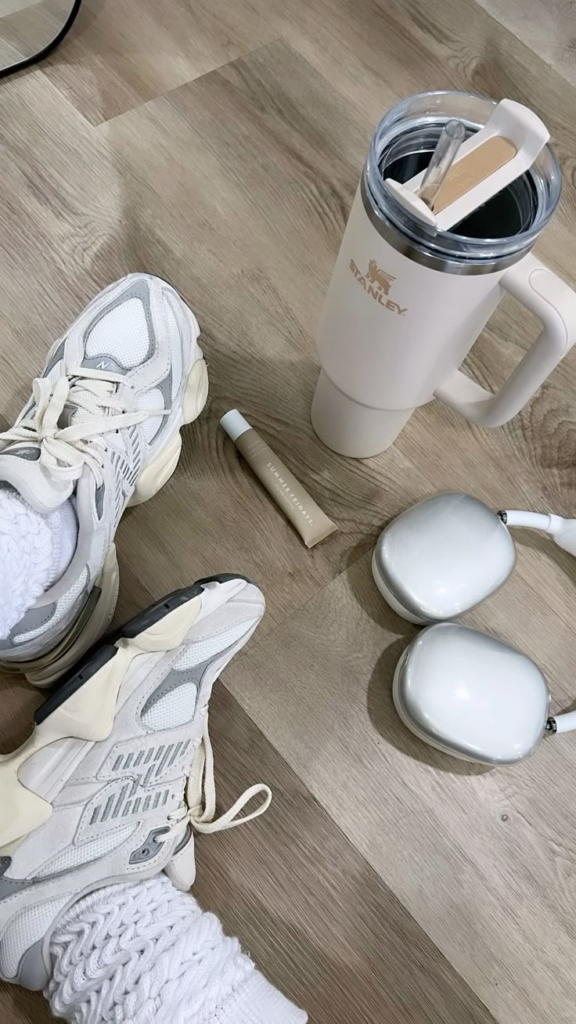A Waxing Mishap and a Moment of Clarity
Embracing failure doesn’t always look noble—sometimes it looks like me, standing in the mirror, botching an at-home eyebrow wax and somehow being totally fine with it.

Earlier this week, I had a moment of clarity—right between pulling off a strip of wax I had definitely misapplied. It hit me: I am not good at this. Not even close. My technique was chaotic at best, with wax strings clinging to places they had no business being, and strips randomly slapped on like I was trying to create abstract art on my face.
And yet, I wasn’t embarrassed. I wasn’t frustrated. In fact, I was completely okay with being bad at it.
Shifting from Shame to Acceptance
This moment reminded me of how many things in life I’ve been publicly, even proudly, terrible at—and how little shame I feel about it now. That wasn’t always the case. But somewhere along the way, I started to view being “bad” at something not as a flaw, but as a beginning.
How Do You Become Okay with Being Bad at Things?
Two years ago, I met an extraordinary woman at a family friend’s birthday party. She had one of those jaw-dropping resumes: attending UNICEF conferences in Geneva, having a PhD in quantum computing, and managing a thriving TikTok presence. I remember listening to her, utterly in awe, and when I asked how she managed to do so much, she simply said, “I try things and see if they work. There are a lot of people like this around me.”
That comment stuck with me—not because it diminished her achievements, but because it reframed them. She wasn’t claiming to be exceptional. She was implying that anyone could do what she did, if they were willing to try, and more importantly, willing to fail.
The Real Skill: Doing Things Badly (On Purpose)
That conversation changed something in me. I realized that the real skill I needed to cultivate wasn’t discipline or intelligence or even ambition—it was the ability to take action despite the possibility of failure. It was the willingness to be bad at something, publicly, unapologetically, until I got better.
So I started saying yes to things I would normally shy away from. I even attended a seminar this woman hosted. While the experience was incredibly inspiring—and she encouraged us to take tangible steps like starting a blog—I didn’t act on those ideas right away. I was still toeing the line of discomfort, not quite ready to leap into it.
Fear of Not Trying > Fear of Failing
But another realization quietly began to guide me: the fear of not trying started to outweigh the fear of failing. I didn’t want to look back and see a highlight reel of missed chances. I didn’t want to be a floater in my own life, drifting from one safe choice to the next. I wanted to be the driver—messy turns, dead-ends, and all.
Practicing the Art of Being a Beginner
Over time, my tolerance for failure grew. I started trying things that made me nervous: saying yes to unpredictable plans, aiming higher than what felt realistic, allowing myself to want things that once felt out of reach. And more recently, that comfort zone has been expanding faster than ever. I’ve started posting on social media. I launched a blog. I’ve even recorded TikToks—fully aware that my voice, my face, and my words are now out in the world, imperfect and vulnerable.
You’re Supposed to Be Bad at First
Here’s the thing: being okay with being bad at things is a skill. Just like confidence, just like resilience, just like public speaking or writing or eyebrow waxing. Really, it’s another way of embracing failure—and like anything else, you have to practice it. You have to fail a little, laugh a lot, and remind yourself that being a beginner is the first step to becoming anything else.
Final Thoughts: Go Be Terrible at Something
So if you’re hesitating to try something new because you might be terrible at it—good. That means you’re doing it right.
Resources for Embracing Failure:
